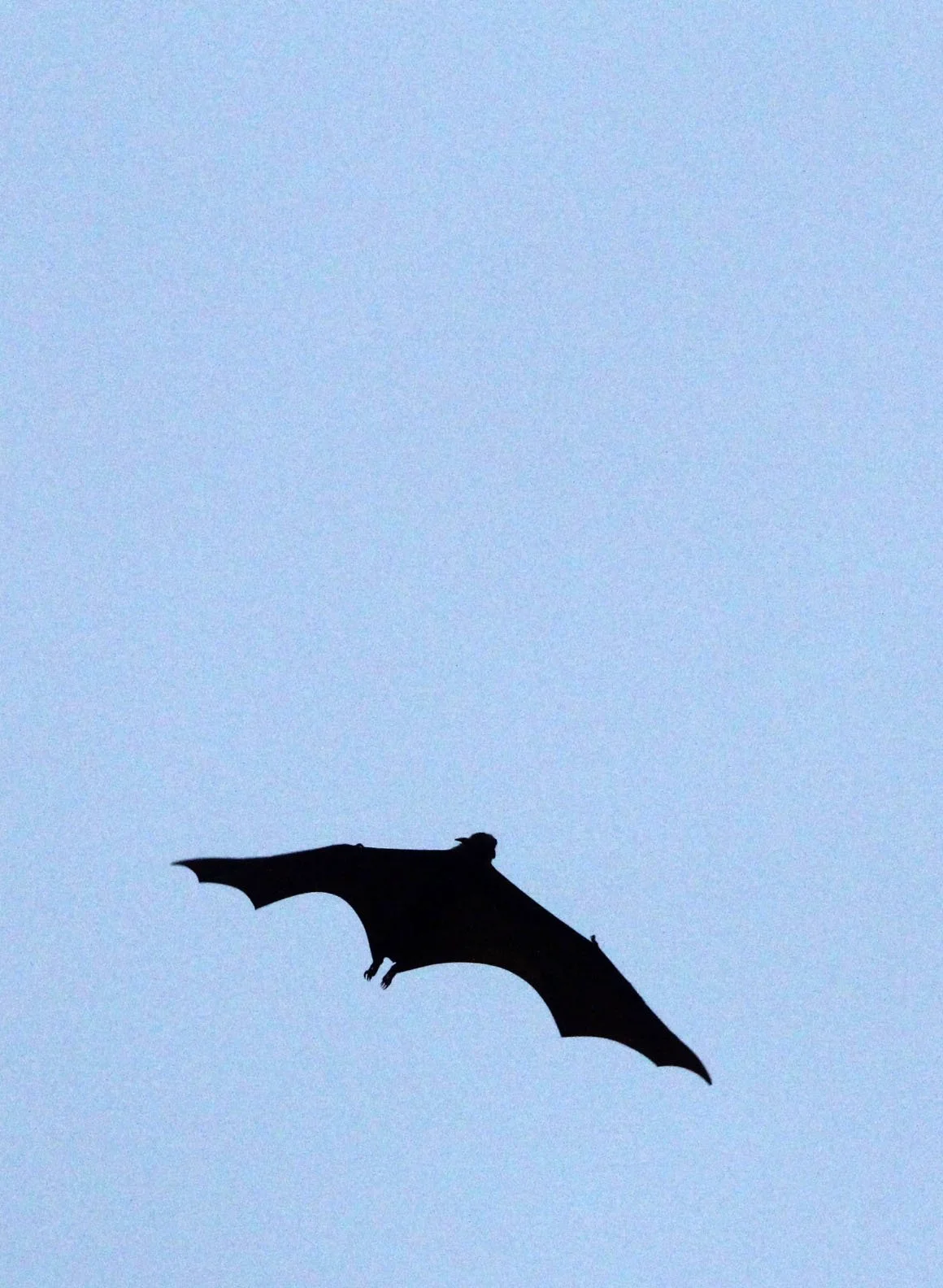The large flying fox (Pteropus vampyrus, formerly Pteropus giganteus), also known as the greater flying fox, Malayan flying fox, Malaysian flying fox, large fruit bat, kalang, or kalong, is a southeast Asian species of megabat in the family Pteropodidae. Despite its scientific name, it feeds exclusively on fruits, nectar, and flowers, like the other flying foxes of the genus Pteropus. It is noted for being one of the largest bats. As with nearly all other Old World fruit bats, it lacks the ability to echolocate but compensates for it with well-developed eyesight.
The large flying fox ranges from Malay Peninsula, to the Philippines in the east and Indonesian Archipelago of Sumatra, Java, Borneo and Timor in the south.[20] In certain areas, the bat prefers coastal regions, but it can also be found at elevations up to 1,370 m (4,490 ft).
Flying foxes inhabit primary forest, mangrove forest, coconut groves, mixed fruit orchards, and a number of other habitats. During the day, trees in mangrove forests and coconut groves may be used as roosts. In Malaysia, flying foxes prefer lowland habitats below 365 m. In Borneo, they inhabit the coastal areas, but move to nearby islands to feed on fruit. Flying foxes roost in the thousands (maximum). One colony was recorded numbering around 2,000 individuals in a mangrove forest in Timor and colonies of 10,000–20,000 have also been reported. In general, mangrove roosts have lower numbers of resting bats compared to lowland roost sites, which could mean mangrove forests are only used temporarily.
The individuals in the below gallery are from Trang Province in Southern Thailand:



































